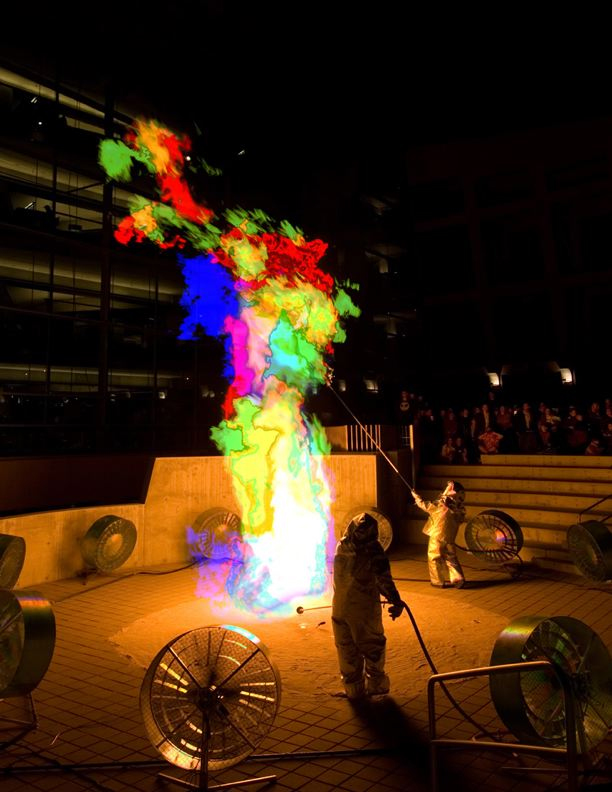
Jan. 22, 2008 – What do bioengineering and sculpture have in common and how can these commonalities encourage new approaches to creative and scientific research? The Center for Interdisciplinary Arts and Technology (CIDAT) at the University of Utah will explore the intersection between art and science in a series of lectures to be held Monday, Jan. 28, Feb. 11 and Feb. 25 at 7 p.m. in the New Media Wing of the Art and Architecture Building on the U of U campus. The series is free and open to the public and will include an open discussion and reception each evening.
Digital technologies have become a pervasive and integral component of many contemporary arts practices. At the same time, visual representations and interfaces commonly used in the arts have found their way into scientific exploration and research. This lecture series brings together artists and scientists from the University of Utah to discuss their research and stimulate interdisciplinary thinking, drawing connections between culturally and institutionally isolated forms of inquiry.
Ellen Bromberg, director of the CIDAT, explains that throughout history, developments in the arts and sciences have been entwined. “While both pursuits may differ in outcomes, they each reflect our desire to understand the world around us. Both engage intuition, insight and metaphorical thinking and both rely on and engender technological innovation and advancement,” she says.
Bromberg sees that digital technology has provided a common language of data and image and has created a holistic field in which to pursue diverse research agendas. “This lecture series offers a particular lens through which to view the work of a number of University faculty members in the arts and sciences with the intent of fostering interdisciplinary thinking and innovation within the University community.”
Each evening will feature a pair of presenters from the fine arts and the sciences.
January 28
Pat McMurtry, professor of mechanical engineering
Fire, Flow, Vorticity, and Art
Ellen Bromberg, associate professor of modern dance
The Space of Dance: Media, Metaphor and Technology
February 11
Chris Johnson, director of the Scientific Computing and Imaging Institute
Visual Computing and Imaging: Interdisciplinary Approaches
Miguel Chuaqui, associate professor
Body-Driven Computer Music
February 25
Greg Clark, associate professor of bioengineering
Interfaces to Nerve and Brain
Paul Stout, assistant professor of art and art history
Mapping the Unseen: The Microprocessor Revolution in Art
A map to the events may be found at https://www.umail.utah.edu/exchweb/bin/redir.asp?URL=http://cidat.finearts.utah.edu/nmw_map2.html.
The Center for Interdisciplinary Arts and Technology is housed in the College of Fine Arts at The University of Utah. For more information, contact Ellen Bromberg at 801-587-9807 or e.bromberg@utah.edu.
